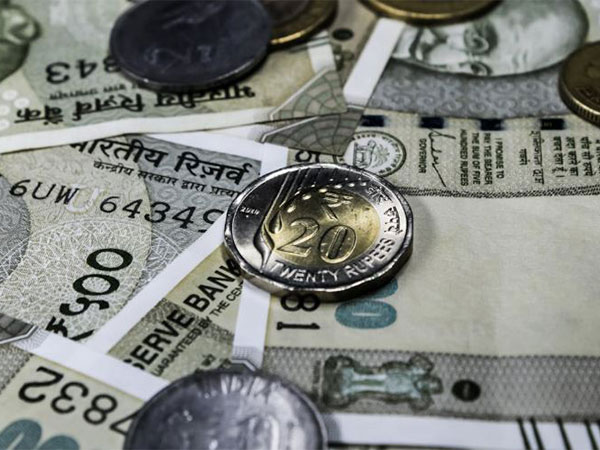
New Delhi: The Indian rupee is expected to trade in the range of 85.25-86.25 against the US dollar in the near term, according to a recent report by Bank of Baroda.
The report stated that a trade deal between India and the United States will be positive for the rupee and may help support its value further.
"We expect INR to trade in the range of 85.25-86.25/USD in the near term. A trade deal between India and the US will be positive for the rupee," the report noted.
However, some amount of volatility is expected as the US tariff pause deadline on July 9 approaches.
Despite the potential volatility, the bank believed that the overall weakness in the US dollar would persist due to domestic economic factors in the US. On the domestic front, India's strong macroeconomic fundamentals and sufficient external buffers are likely to prevent any sharp depreciation in the rupee.
The report highlighted that the rupee depreciated by 0.2 per cent in June 2025, following a 1.3 per cent depreciation in May 2025.
However, the rupee rebounded in the second fortnight of June, appreciating by 0.4 per cent as tensions in the Middle East eased. This helped reduce oil prices and improved investor risk appetite.
Equity inflows remained positive for the third consecutive month in June 2025, though debt outflows accelerated. A weaker US dollar also supported the rupee, largely driven by concerns over US fiscal policies, rising stagflation risks, and uncertainty around the Federal Reserve's independence.
Globally, most currencies appreciated in June 2025 as the dollar index (DXY) fell by 2.5 per cent. The US Federal Reserve kept interest rates steady at 4.25-4.5 per cent in its June 2025 meeting.
The dot plot continued to show expectations of two rate cuts this year, but seven members now expect no rate change, up from four members earlier.
The report also pointed out that the risk of stagflation is increasing, with the core Personal Consumption Expenditures (PCE) index rising by 2.7 per cent year-on-year in May 2025, higher than the expected 2.6 per cent.
On a month-on-month basis, core PCE rose 0.2 per cent, also above expectations of 0.1 per cent. In contrast, consumer spending declined by 0.1 per cent and incomes fell by 0.4 per cent during the month.
Additionally, policy uncertainty related to trade deals, the looming July 9 deadline for US tariffs, a new spending bill introduced by the Trump administration, and concerns over the Fed's independence have further reduced demand for the US dollar.